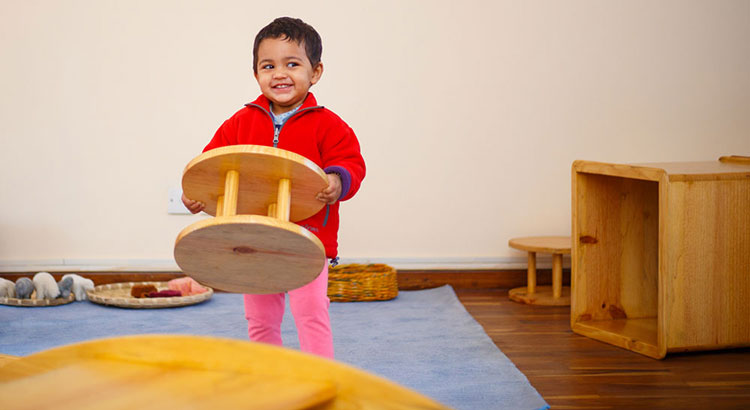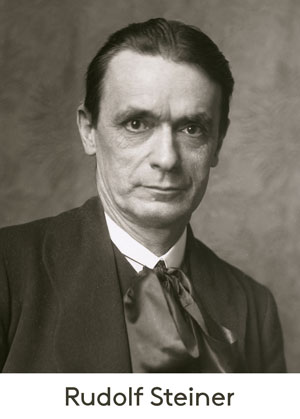- ktmwaldorfschool@gmail.com
- +977 9823443574, +977 15437226

The future development of each individual child and of humanity as a whole depends on health-giving experiences in the first seven years of life. An atmosphere of loving warmth and guidance that promotes joy, wonder, and reverence supporting healthy development. The most essential aspect of the work with the little child is the inner attitude of the educator, who provides the example for the child’s imitation. Therefore the work of the Waldorf educator demands an ongoing process of research and self-education including anthroposophical study, meditative practice, artistic and practical activity.
In Waldorf nursery-kindergartens and parent-child programs foundations are laid for later learning and healthy development, including life-long physical, social, emotional, intellectual, and spiritual growth.
This education is based on an understanding of the development of human individuality, offers protection and respect for the dignity of childhood. It includes an understanding of the unfolding development of the child from pre-birth to seven, including the unique significance of the development of walking, speaking and thinking in the first three years of life.
Activities in Waldorf early childhood education takes into consideration the age-specific developmental needs of young children, from a focus on will-oriented physical activity in the first three years, then on imaginative play in the middle years of early childhood, and later a more cognitive approach to learning after the child enters school.
Waldorf based programs may differ according to geography, culture, group size, age-range, and individual teaching approach. Granting these differences, Waldorf programs share certain fundamental characteristics:
(Written by IASWECE Council members. IASWECE stands for Association for Steiner/ Waldorf Early Childhood Education)
Developed by Rudolf Steiner, Waldorf education is based on a profound understanding of human development that transforms teaching into an artistic and health-giving approach to education. Waldorf education inspires a life-long love of learning in children and adults alike.

In April of 1919, the German nation, defeated in war, was teetering on the brink of economic, social, and political chaos. Rudolf Steiner visited the Waldorf Astoria cigarette factory in Stuttgart, Germany, at this time and spoke to the workers about the need for social renewal, for a new way of organizing society and its political and cultural life.
Emil Molt, the owner of the Waldorf Astoria Company, asked Steiner if he would establish and lead a school for the children of the employees of the factory. Steiner agreed but set four conditions, each of which went against common practice of the day: 1) that the school be open to all children; 2) that it be coeducational; 3) that it be a unified twelve-year school; 4) that the teachers, those individuals actually in contact with the children, have primary control of the school, with minimum interference from the state or from economic sources. Steiner’s conditions were radical for the day, but Molt gladly agreed to them. On September 7, 1919, the independent Waldorf School (Die Freie Waldorfschule) opened its doors.
Today, with more than 1,000 Waldorf schools in 83 countries, Waldorf Education is the fastest growing independent educational movement in the world. In North America, Waldorf has been available since 1928, and there are now over 250 schools and 14 teacher training centers in some level of development. These schools exist in large cities and small towns, suburbs and rural enclaves. No two schools are identical; each is administratively independent. Nevertheless, a visitor would recognize many characteristics common to them all.